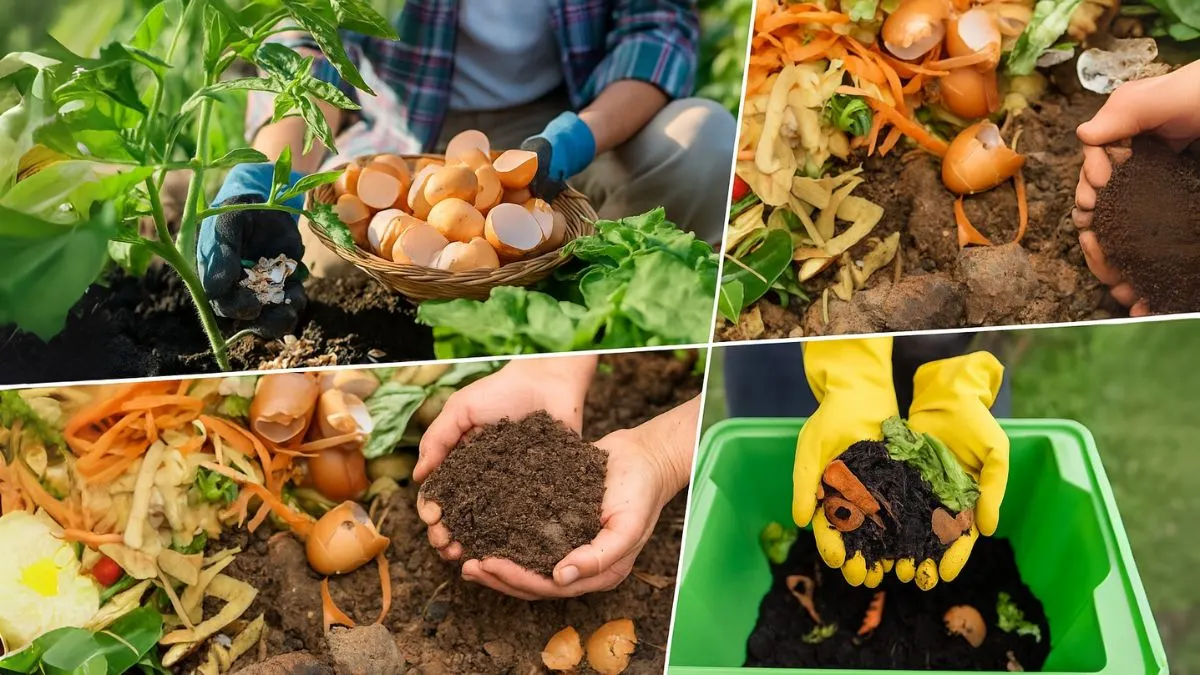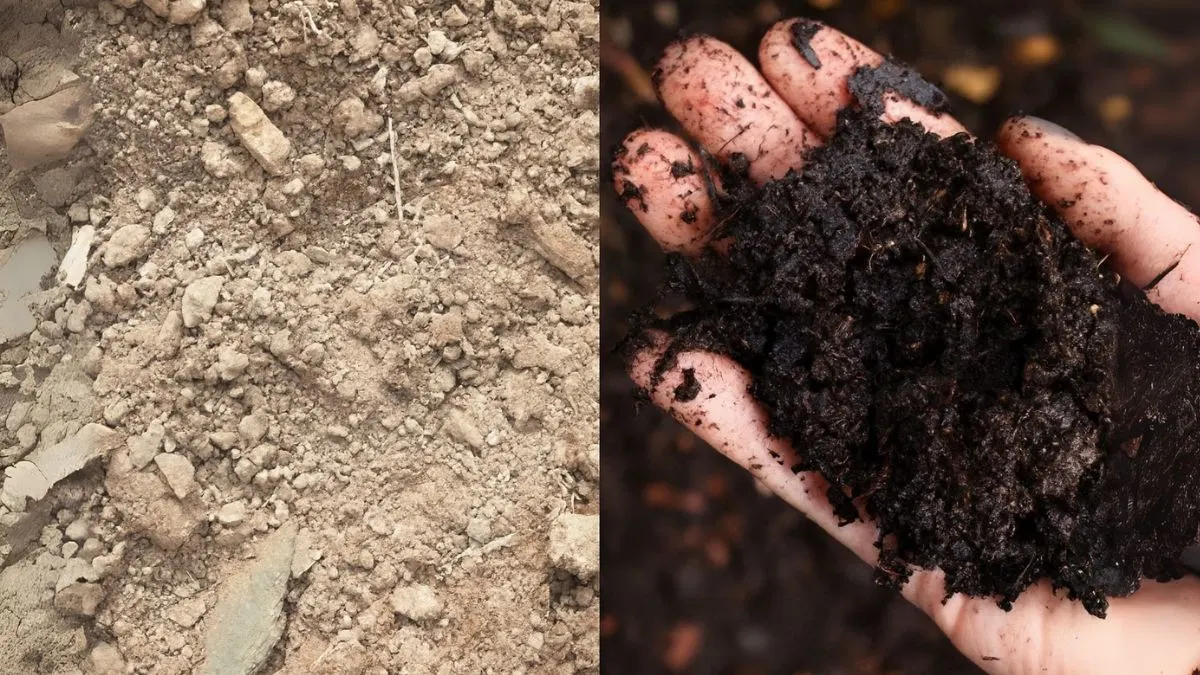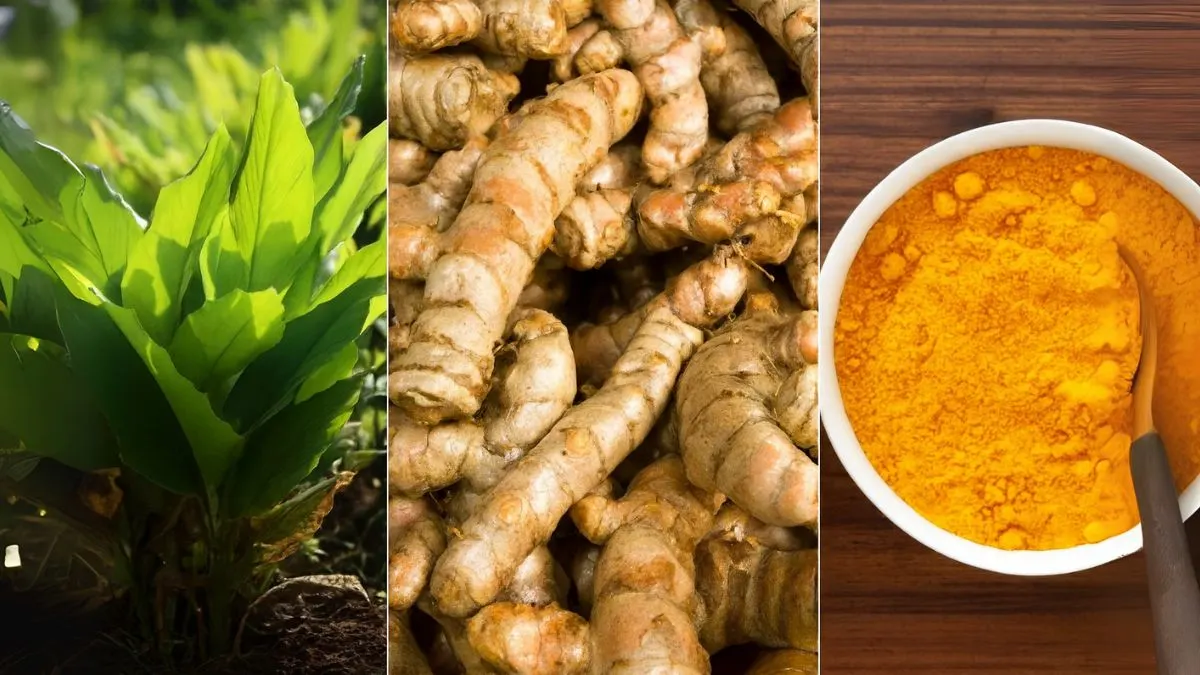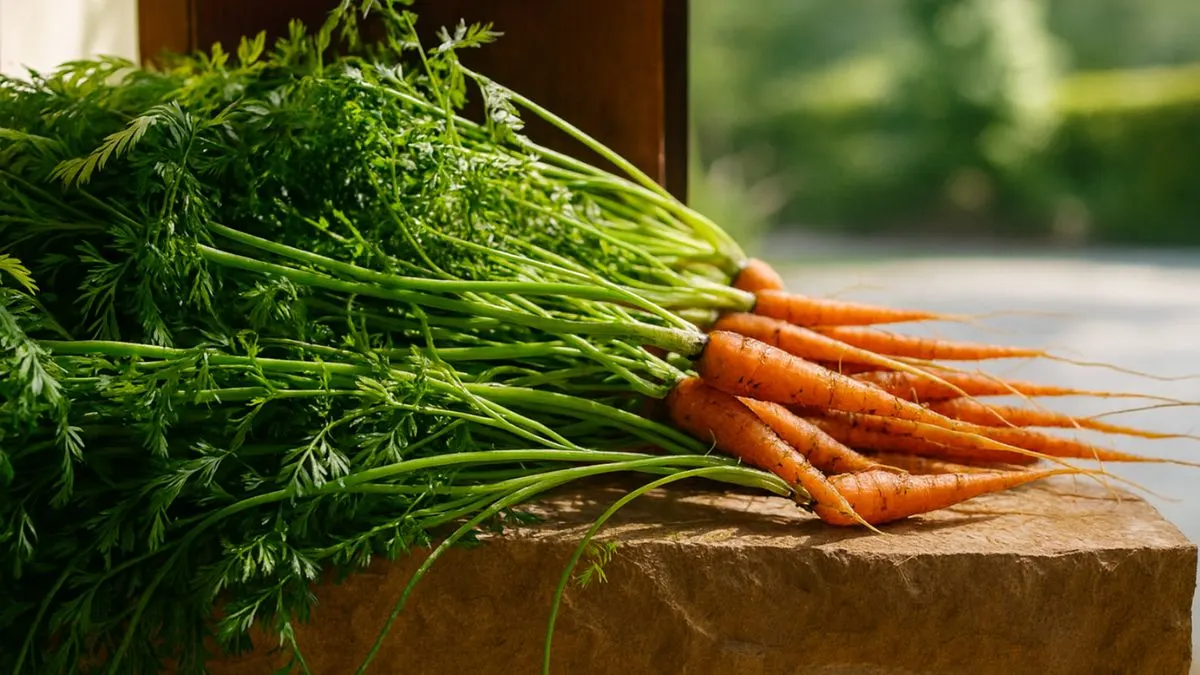Every gardener dreams of lush, vibrant plants—and the secret often lies beneath the soil. Composting is one of the simplest, most natural ways to feed your garden. By recycling everyday waste into rich organic matter, you not only reduce landfill contributions but also create a steady supply of nutrients for your soil.
When I first began gardening in Canada, my plants struggled in heavy clay soil. The turning point was composting. Within a season, the difference was remarkable—vegetables grew healthier, flowers bloomed brighter, and watering needs dropped. In this guide, I’ll share 10 composting tips that every gardener in the USA, Canada, or anywhere in the world can follow.
Tip 1: Balance Greens and Browns
Good compost begins with balancing “greens” (nitrogen-rich materials) and “browns” (carbon-rich materials). Greens include kitchen scraps like fruit peels and coffee grounds, while browns include dry leaves, straw, or shredded paper.
A simple rule is to use roughly three parts browns for every one part greens. This balance keeps your pile from smelling bad and speeds up decomposition.
Tip 2: Choose the Right Location
Choose a space in your yard for your compost pile that is easily accessible year-round. Convenience is key—if it’s too far, you won’t use it regularly.
Ideally, place your pile in the shade, out of hot sun and drying winds. Too much sun dries it out, while strong winds scatter lightweight materials. I positioned mine under a tree near my vegetable beds, and it’s both effective and easy to reach.
Tip 3: Keep Moisture and Aeration in Check
Like a living organism, compost needs the right environment. Ensuring proper moisture and aeration is critical. The pile should feel like a damp sponge—not soggy, not bone dry.
Turning the pile with a fork or aerator adds oxygen, which fuels the microbes that break down material. Occasionally turning the pile every two weeks accelerates decomposition and keeps odors away.
Also Read: 8 Proven Ways to Add Nutrients to Soil Naturally
Tip 4: Shred Materials for Faster Decomposition
Big chunks take longer to break down. One simple hack is to use a lawnmower to shred your compost materials—especially leaves, stems, or cardboard.
When I first mulched autumn leaves before composting them, I noticed the breakdown time was cut nearly in half. Smaller particles mean faster, more even compost.

Tip 5: Don’t Fear the Weeds
A common question is whether weeds should go in compost. The answer: yes! You can put most weeds into the compost, especially if they haven’t gone to seed. For tougher roots or invasive species, you can solarize them first (by leaving them in a black bag under the sun) before adding them to the pile.
Tip 6: Layer for Success
Building a compost pile is a bit like making lasagna. Alternate layers of greens and browns, starting with a brown base for airflow. This structure ensures proper breakdown and avoids a soggy mess.
Tip 7: Mind the Size of the Pile
A pile that’s too small won’t heat up properly, while one that’s too large may be hard to manage. Aim for at least 3x3x3 feet. This size retains enough heat for efficient decomposition while still being easy to turn.
Also Read: Banana Peels + Eggshells = Your Garden’s Secret Weapon
Tip 8: Use the Right Tools
Invest in a sturdy garden fork, compost thermometer, and a bin if you prefer a tidier look. A thermometer helps you track if your compost is heating up—ideally between 135°F and 160°F. This kills weed seeds and pathogens.
Tip 9: Patience Pays Off
Composting isn’t instant. Depending on your climate and methods, it may take 3–6 months for a batch to mature. Don’t rush the process. The reward—a dark, crumbly, earthy-smelling compost—is worth the wait.
Tip 10: Use Finished Compost Wisely
Once ready, spread compost around your plants, mix it into soil, or use it as mulch. My tomatoes, beans, and perennials flourished after I added homemade compost to their beds. In fact, compost became my garden’s most reliable fertilizer—organic, free, and always available.
Composting Made Simple
| Composting Tip | Why It Works | Extra Note |
| Balance greens and browns | Prevents odor, speeds decomposition | 3:1 ratio recommended |
| Place your pile in the shade | Keeps moisture stable | Avoids sun & strong winds |
| Ensuring proper moisture and aeration | Creates optimal microbe environment | Like a damp sponge |
| Occasionally turning the pile | Adds oxygen, avoids anaerobic smell | Every 2 weeks is ideal |
| Use a lawnmower to shred compost materials | Speeds up breakdown | Great for autumn leaves |
| You can put most weeds into the compost | Adds organic matter | Avoid seeding weeds |
Also Read: Lemongrass: Your Patio’s Mosquito Repellent Secret
Composting is more than just a way to recycle—it’s a way to give back to your soil. With these 10 composting tips, from balancing greens and browns to remembering to place your pile in the shade and occasionally turning the pile, you’ll build nutrient-rich compost that transforms your garden.
Whether you’re a new gardener in the USA, a seasoned grower in Canada, or anywhere in the world, these practices will help your plants thrive naturally. Start today, and soon your compost will become the secret ingredient behind your healthiest garden yet.



